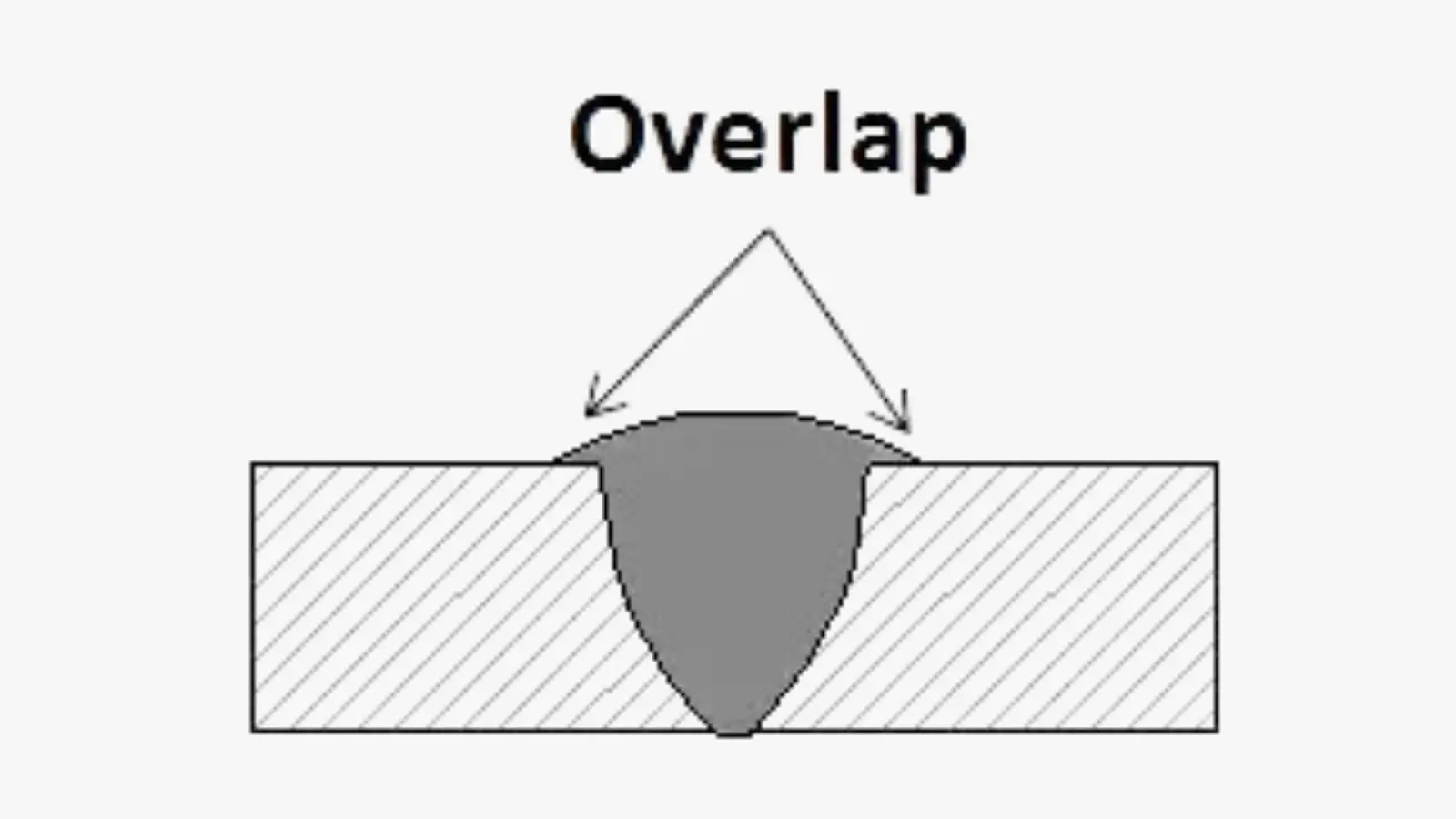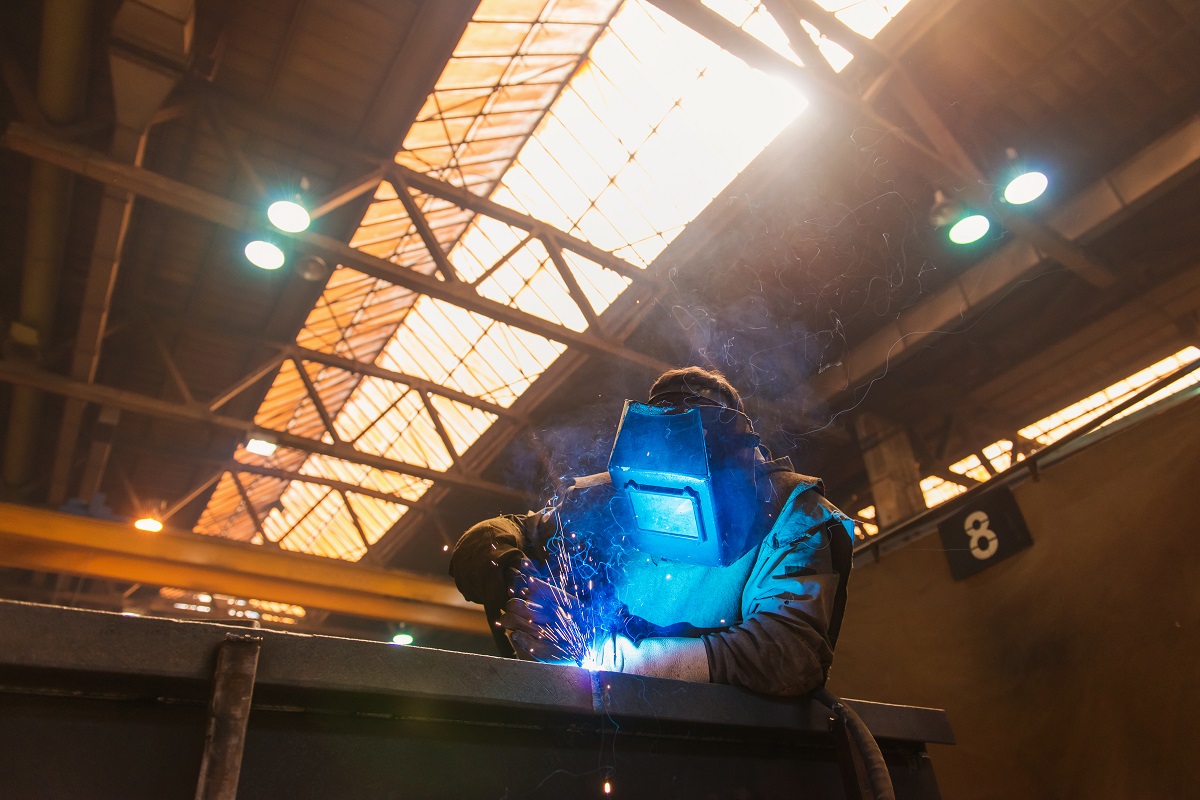Grasping the Art of Welding: Just How to Stay Clear Of Undercut Welding Issues for Flawless Construction Results
Performance and accuracy are vital in the world of welding, where also the least flaw can jeopardize the structural honesty of a produced item. One typical obstacle that welders face is undercutting, a flaw that can deteriorate a weld joint and lead to pricey rework. By comprehending the origin triggers of undercut welding and implementing reliable methods to prevent it, welders can elevate their craft to new levels of excellence (Preventing weld undercut). In the search of remarkable construction outcomes, mastering the art of welding to stay clear of undercut issues is not just an ability but a need for those striving for perfection in their job.
Understanding Undercut Welding

To stop undercut welding, welders need to make sure proper welding criteria, such as adjusting the current, voltage, travel speed, and preserving the appropriate electrode angle. By recognizing the reasons of undercut welding and implementing preventive actions, welders can accomplish premium, structurally audio welds.
Sources Of Undercut in Welding
Comprehending the aspects that contribute to damage in welding is necessary for welders to generate top quality, structurally sound welds. Insufficient welding wrong or present welding rate can also contribute to undercut. Understanding these causes and implementing proper welding techniques can aid avoid undercutting problems, ensuring strong and durable welds.
Strategies to stop Undercutting

To alleviate the threat of undercutting in welding, welders can employ strategic welding strategies targeted at enhancing the quality and stability of the weld joints. One effective technique is to readjust the welding parameters, such as voltage, present, and travel rate, to make certain correct warmth input and deposition. Keeping an appropriate electrode angle and guaranteeing consistent traveling rate can additionally aid avoid undercut. Additionally, using the correct welding pop over to these guys strategy for the particular joint setup, such as weave or stringer grains, can contribute to decreasing undercutting. Preventing weld undercut.
Employing back-step welding methods and controlling the weld grain profile can additionally help disperse warm evenly and minimize the risk of undercut. Normal examination of the weld joint during and after welding, as well as executing top quality guarantee steps, can help in dealing with and spotting damaging issues immediately.
Value of Proper Welding Parameters
Selecting and preserving ideal welding criteria is crucial for attaining successful welds with marginal issues. Welding parameters describe variables such as voltage, current, take a trip rate, electrode angle, and securing gas flow rate that straight affect the welding process. These specifications have to be carefully readjusted based upon the kind of material being bonded, its thickness, and the welding method used.
Proper welding parameters guarantee the correct amount of warmth is applied to melt the base metals and filler product consistently. If the criteria are set too expensive, it can lead to extreme heat input, triggering distortion, burn-through, or spatter. On the various other hand, if the specifications are too low, insufficient combination, absence of infiltration, or damaging may take place.
Quality Control in Welding Operations

Final Thought
In conclusion, grasping the art of welding requires an extensive understanding of undercut welding, its reasons, and techniques to stop it. By making sure correct welding specifications and applying quality control practices, perfect fabrication results can be achieved. It is important for welders to consistently aim for quality in their welding check out this site operations to site link prevent undercut issues and produce premium welds.
Undercut welding, an usual problem in welding procedures, happens when the weld steel does not appropriately fill the groove and leaves a groove or depression along the bonded joint.To stop undercut welding, welders need to make sure proper welding parameters, such as adjusting the present, voltage, travel rate, and keeping the appropriate electrode angle. Insufficient welding existing or inaccurate welding rate can also contribute to damage.To alleviate the risk of damaging in welding, welders can utilize strategic welding techniques aimed at enhancing the quality and honesty of the weld joints.In final thought, grasping the art of welding requires a comprehensive understanding of undercut welding, its causes, and strategies to avoid it.